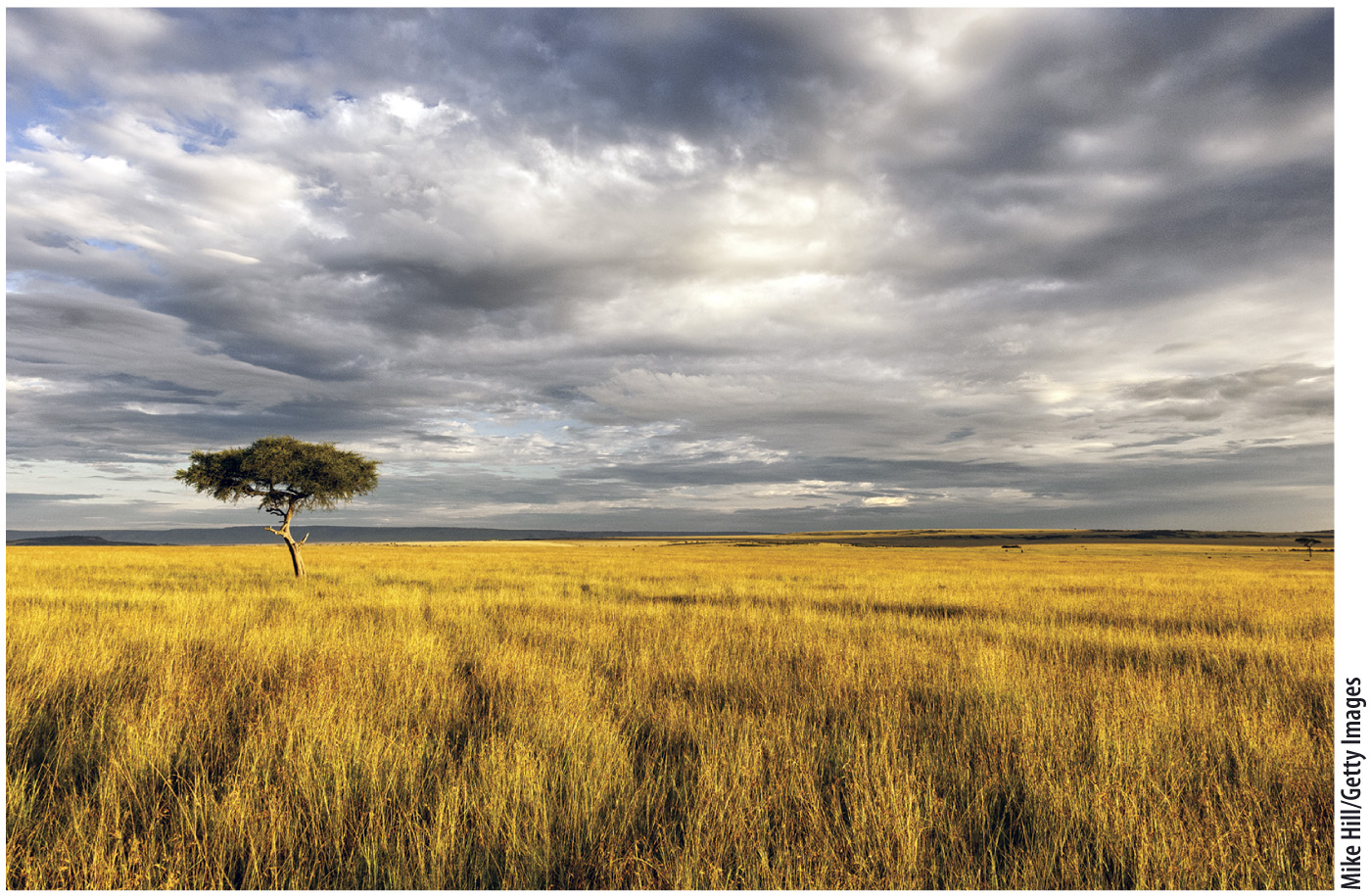Chapter 48 Introduction
CHAPTER 48
Biomes and Global Ecology

Core Concepts
- Solar radiation, wind and ocean currents, and topography determine the distribution of major climatic zones on Earth.
- Biomes are broad, ecologically uniform areas whose characteristic species reflect regional climate.
- Biologically driven cycles of carbon and other essential elements shape ecology and reflect evolution.
- Global patterns of biological diversity reflect climate, history, and ecological interactions among species.
Watching a movie or video, you often do not need a map to figure out where the action is taking place. Cactus and scraggly shrubs suggest the deserts of Mexico or the American Southwest; dense stands of low-
Biomes are broad geographic areas with similar sets of communities. Climate exerts a major influence on the nature and distribution of biomes across the globe, but before we consider this interaction between Earth and life, we must first ask what climate is and why it varies from place to place.